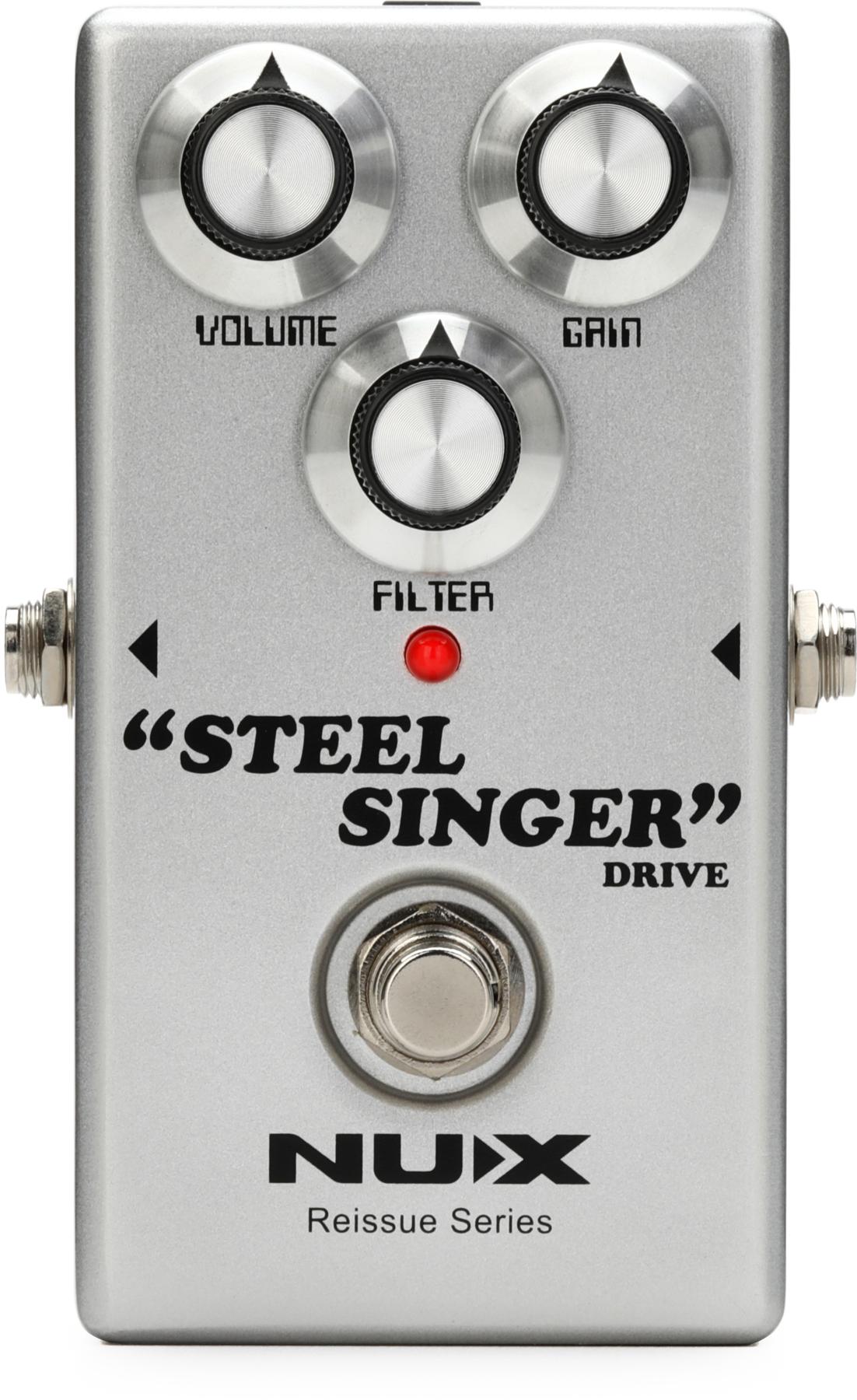Chops: Intermediate
Theory: Beginner
Lesson Overview:
• Develop a strong command of 16th-note rhythms.
• Create syncopated rhythms using muted strums.
• Learn how to move accents around within a measure.
Click here to download a printable PDF of this lesson's notation.
Being a strong rhythm player is crucial. Sure, as guitarists, we all want to melt faces. However, the reality is that in most genres of music we will be playing rhythm the vast majority of the time. Therefore, wouldn’t it make sense to strive for perfection at this skill? It’s surprising how few guitarists share this sentiment. Maybe for guitar players, practicing rhythm is like eating your vegetables at dinner, and they’d much rather go straight to dessert. I happen to love playing rhythm, and I’ve spent a lot of time thinking about how to do it well.
Here’s my theory on fine rhythm playing: We must be comfortable accenting on any given beat. I’ve observed among my students—as well as amateur and even professional guitarists—that many are not able to do this effortlessly. Accenting on upstrokes seems to be the biggest problem. Guitarists tend to be more comfortable playing downstroke accents than upstroke ones. While gravity and physiology makes this completely natural, it’s no excuse for failing to get our rhythm chops together. We have to be equally able to accent on both downstrokes and upstrokes. I’ve found that practicing 16th-note accents with a metronome is the best way to approach this.
First, set your metronome to a time somewhere between 60 and 75 bpm (depending on where you feel comfortable strumming 16th-notes). The click will mark the quarter-notes, but feel free to do this exercise even slower if you need to. With your fretting hand, mute the strings somewhere around the 7th fret by touching the strings, but not pressing down. When you strum, no notes should be ringing out but the strings should produce a muted, percussive sound. Now with your picking hand, strum 16th-notes (counted as “1 e and a”) in time with the metronome. Note that the downstrokes will fall on “1” and “and,” and the upstrokes will fall on “e” and “a.” For this first exercise, focus on making the volume of each strum very even. In other words … no accents! Be sure to stay relaxed and locked in with the metronome, much like Fig. 1.

In Fig. 2, we’ll accent the downbeats (1, 2, 3, and 4). The accents should be right in sync with the metronome. Make sure that the accents are significantly louder then the non-accented strums. It should be very clear to the listener which beats are being accented. Now, accent all the “and” beats—which are also called the upbeats. The accents will be alternating with the click of the metronome (Fig. 3).


Onward to the more difficult accents. Now we have to do the “e” beats in Fig. 4. These fall on the upstrokes and tend to be a bit harder than the previous exercises. In Fig. 5, we have the “a” beats. Be careful not to also accent the downbeats following each “a.”


After you feel comfortable with these strumming accents, you can begin to add focus on your other hand. Instead of muting the strings during the exercise, you can now play an actual chord, pressing down only during the accents. During the unaccented notes, mute the strings by relaxing your hand. Let’s try this with an A chord barred at the 5th fret, in Fig. 6. This is very good practice for getting both hands in sync. You can apply this chord approach to the previous exercises, as well as the following ones.

Now try accenting two consecutive strums, as seen in Fig. 7. Make sure the two accents (a downstroke and an upstroke) are equal in volume and much louder than the two unaccented notes.

Hopefully by this point you may be getting some ideas for permutations of this pattern. Try moving the two consecutive accents around. You may start to recognize these patterns from songs you’ve heard. Actually, if you play the muted accents on “and a,” you’ll be rockin’ one of the background groove parts from “Hotel California” by the Eagles.
Now let’s start mixing up the accents a bit. Fig. 8 is a popular rhythm pattern, where the accents are displaced every three 16th-notes (with the exception of beat 4 in each measure). Remember, the accents will alternate on downstrokes and upstrokes.

Here’s a teaser: I’ve never come across this rhythm in real music, but Fig. 9 is good for a challenge. Heads up, it’s a little tricky playing this pattern for more than one measure.

Take this further on your own. You can write in random (or perhaps not so random) accents over two measures of 16th-notes and work out how to play it. You may come up with some cool grooves, and you will most definitely improve your rhythm playing!
Alex Nolan is a NYC-based guitarist, songwriter, and instructor who specializes in rock, R&B, country, and Brazilian jazz. Having served on the faculty of the National Guitar Workshop and holding a degree from the University of Southern California’s Thornton School of Music, Nolan has performed as a lead guitarist with various artists including Jill Sobule, Joan As Policewoman, Toshi Reagon, Marcus Hummon, Katie Armiger, Sophia Ramos, and Amanda Ruzza. For more information, please visit alexnolan.com.










![Rig Rundown: Russian Circles’ Mike Sullivan [2025]](https://www.premierguitar.com/media-library/youtube.jpg?id=62303631&width=1245&height=700&quality=70&coordinates=0%2C0%2C0%2C0)














